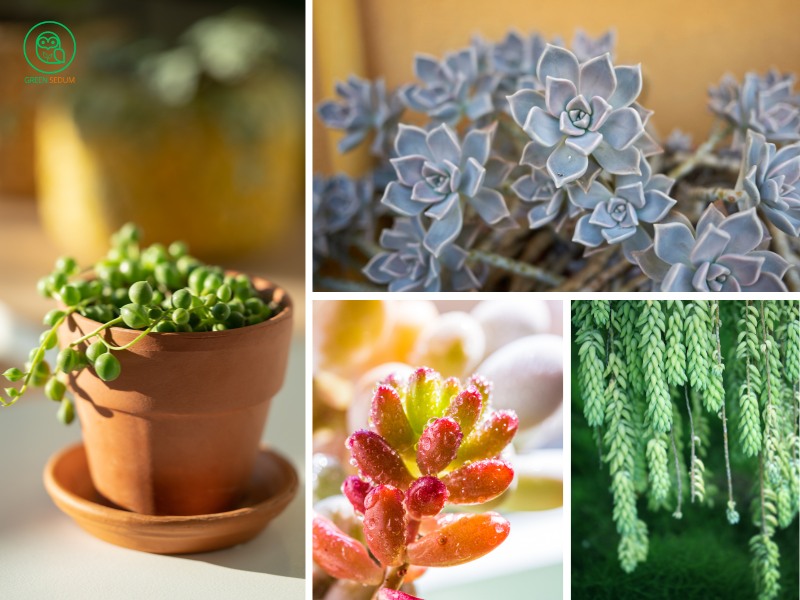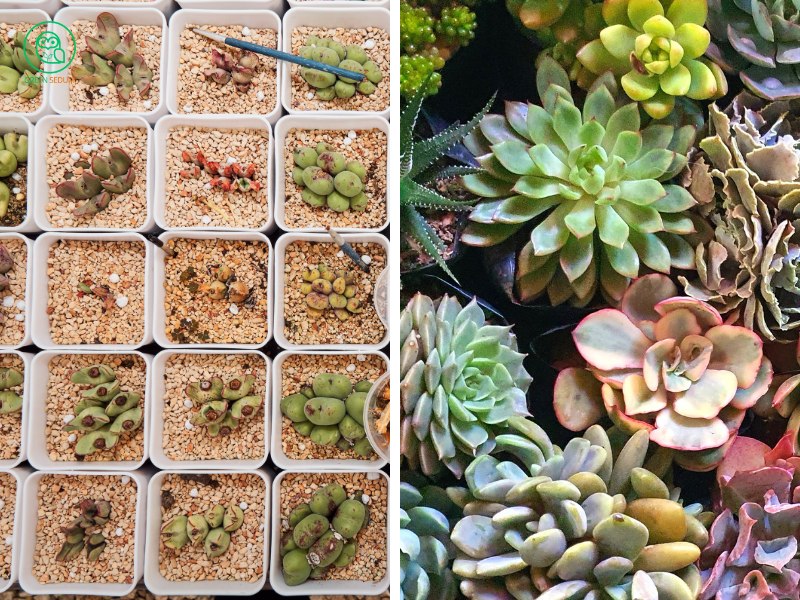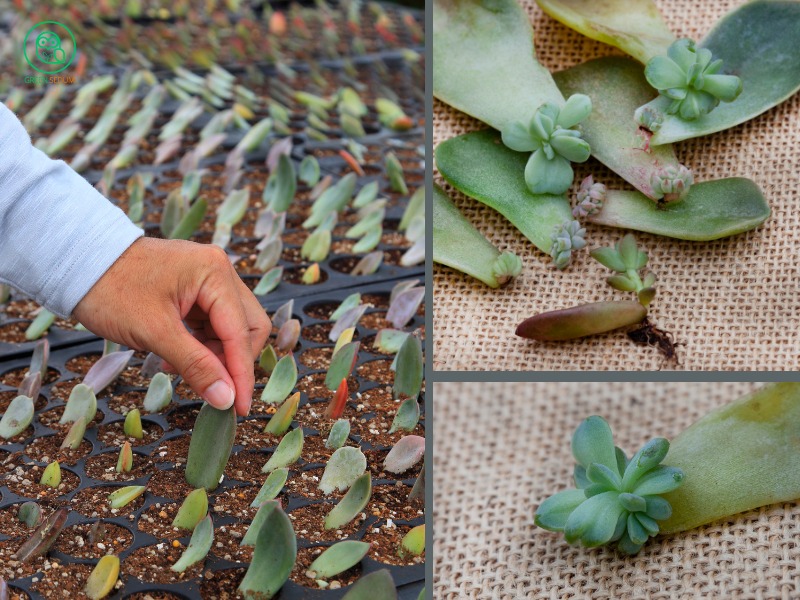Propagating succulents is a fantastic way to expand your collection while saving money. It’s also incredibly rewarding to watch new plants grow from small cuttings or leaves.
In this post, Green Sedum will introduce you to 11 of the easiest succulents to propagate, perfect for plant enthusiasts in the U.S. These plants are not only simple to grow but also produce quick and impressive results.
Let’s dive into these great options to enrich your garden and share them with the plant-loving community!
1. Top succulents that are easy to propagate:
1.1. Kalanchoe Daigremontiana (Mother of Thousands)
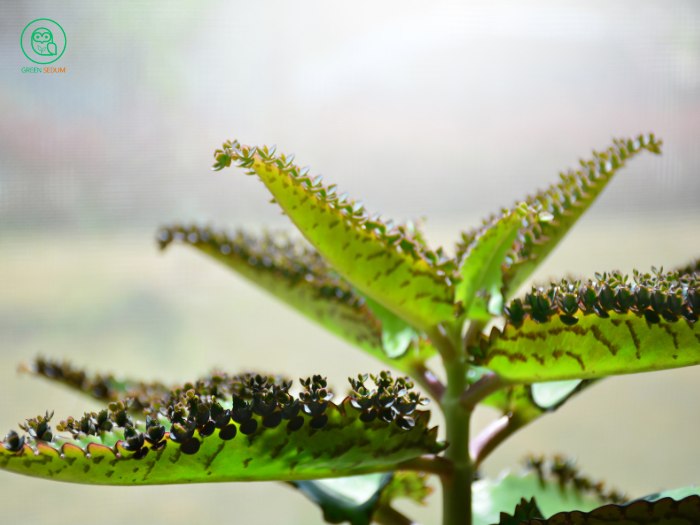
Kalanchoe Daigremontiana, commonly known as Mother of Thousands, is notable for its rapid growth and ability to produce numerous offsets from its leaves. To propagate this plant, simply remove the fallen leaves and place them on moist soil. These leaves will quickly develop into new plants. It’s a fantastic choice if you want to expand your plant collection quickly and effortlessly.
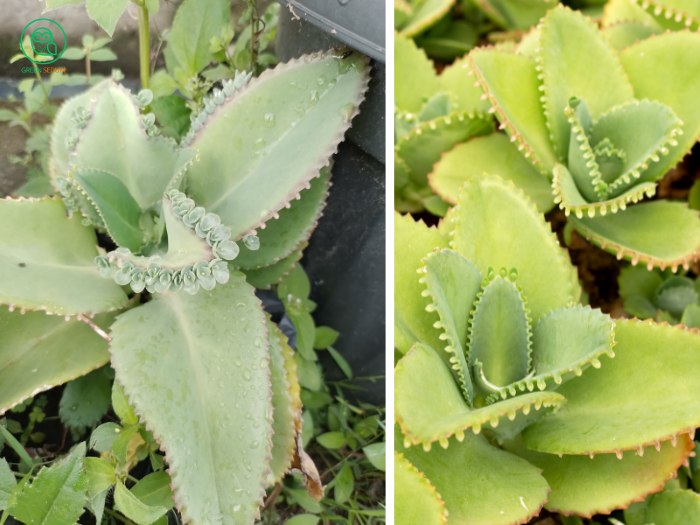
1.2. Sedum Morganianum (Burro’s Tail)
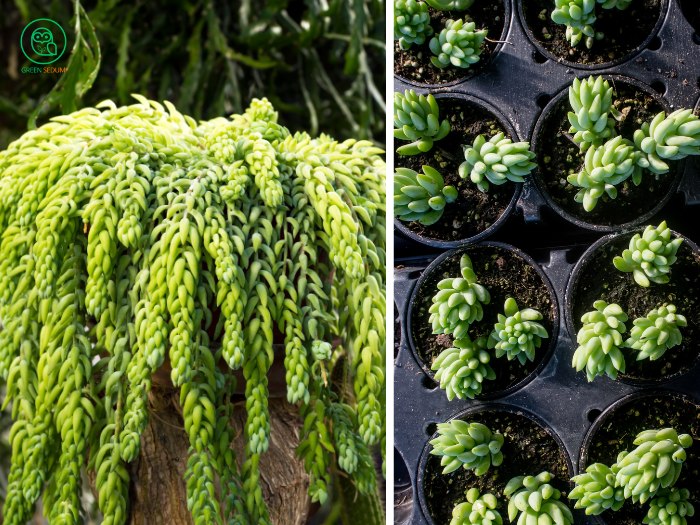
Sedum Morganianum, or Burro’s Tail, is one of my favorite succulents due to its ability to thrive from stem cuttings. To propagate, cut a segment of the stem and let it dry for a few days before planting it in soil. This plant not only creates beautiful green cascades but is also easy to care for, making it ideal for beginners.
1.3. Sedum Rubrotinctum (Jelly Bean Succulent)
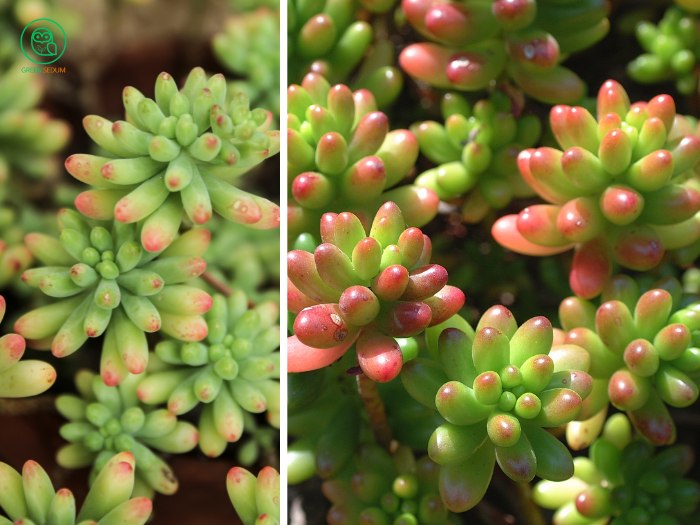
Sedum Rubrotinctum, or Jelly Bean Succulent, is loved for its eye-catching color and ease of propagation from leaves. Simply place the fallen leaves on the soil’s surface, and they will grow into new plants. With a bit of care, these leaves will quickly turn into new succulents, adding charm to your space.
>>> Read more: Safely Removing Succulent Pups: Step-by-Step Guide for Beginners
1.4. Graptoveria ‘Fred Ives’
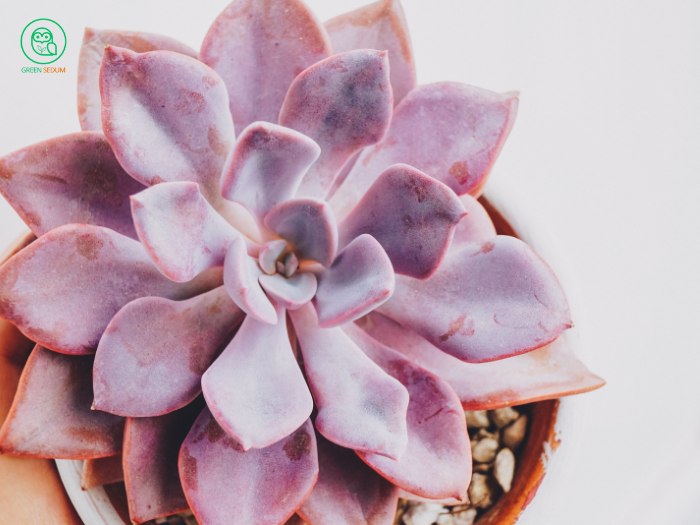
Graptoveria ‘Fred Ives’ stands out with its stunning colors and robust growth. To propagate Graptoveria, you can use both stem cuttings and leaves. For stem cuttings, cut a healthy segment, let it dry for a few days, and then plant it in new soil. For leaf propagation, place the leaves on moist soil and wait for new plants to develop. Graptoveria ‘Fred Ives’ is easy to propagate and will add vibrant colors to your collection.
1.5. Graptopetalum Paraguayense (Ghost Plant)
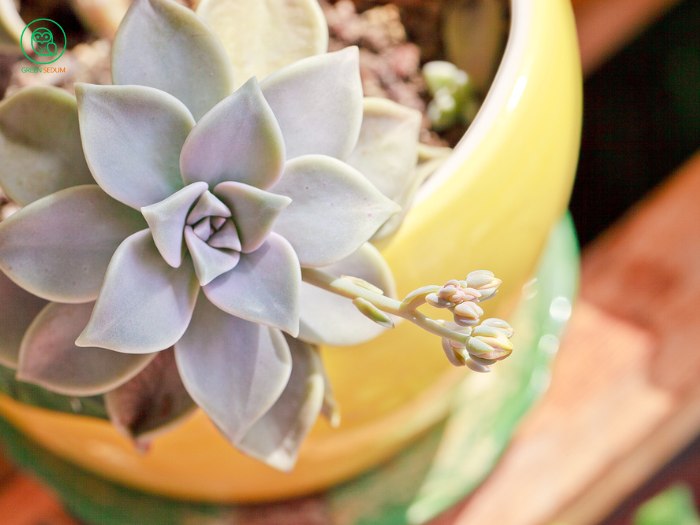
Graptopetalum Paraguayense, also known as Ghost Plant, is distinguished by its beautiful rosette shape and rapid growth. The most effective propagation methods are from leaves or stem cuttings. For leaf propagation, place the fallen leaves on moist soil and wait for them to grow into new plants. For stem cuttings, cut a healthy stem, let it dry before planting. Ghost Plant is a great choice to enhance the beauty of your space.
1.6. Graptosedum ‘California Sunset’
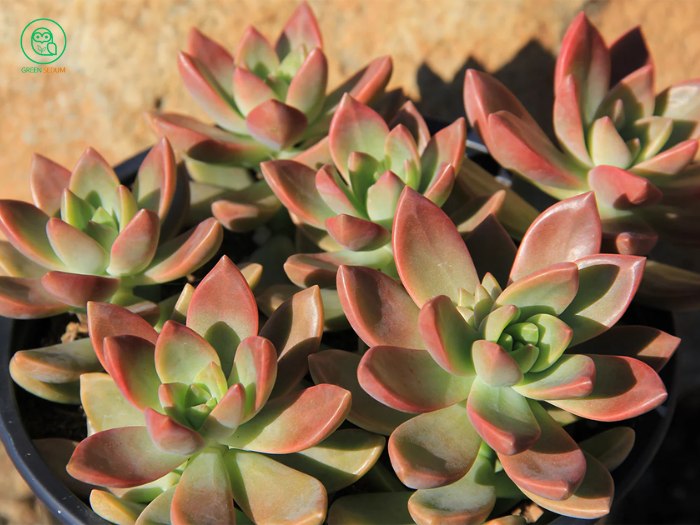
Graptosedum ‘California Sunset’ stands out with its vibrant red hues. To propagate this plant, you can use both leaves and stem cuttings. Place fallen leaves on moist soil, or let stem cuttings dry before planting. This plant is not only easy to propagate but also adds a stunning splash of color to your garden.
1.7. Sempervivum Arachnoideum (Hens and Chicks)
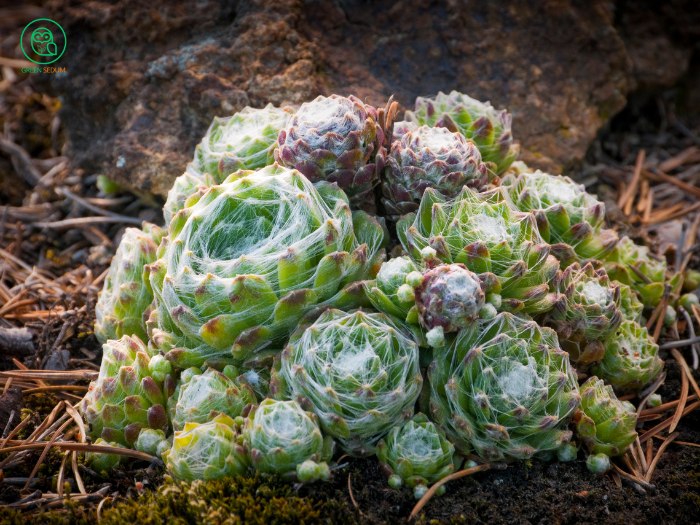
Sempervivum Arachnoideum, also known as Hens and Chicks, is notable for its cold tolerance and strong growth even in winter. It propagates easily from offsets. In colder weather, new offsets will appear around the mother plant. Simply separate these offsets and plant them in new pots. Sempervivum Arachnoideum is an ideal choice to keep your garden vibrant throughout the winter.
1.8. Echeveria Imbricata
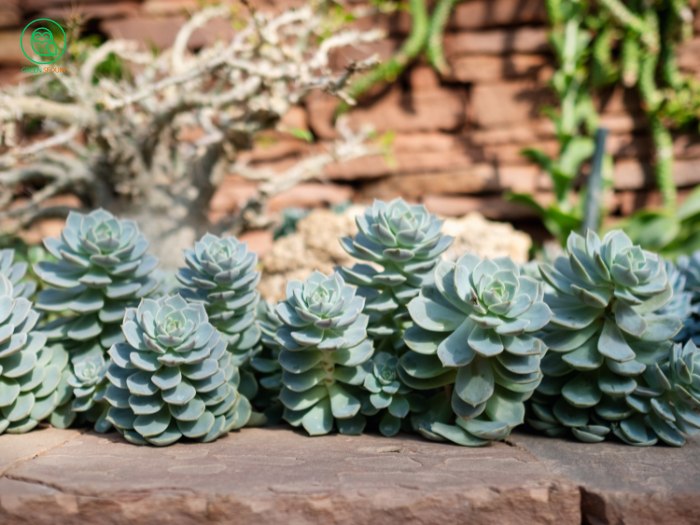
Echeveria Imbricata is a striking succulent with thick leaves and a beautiful rosette shape. To propagate Echeveria Imbricata from leaves, select healthy leaves, let them dry for a few days, then place them on moist soil. New plants will soon emerge from these leaves. Echeveria Imbricata is not only easy to propagate but also adds a refined beauty to your collection.
1.9. Aloe Vera
Aloe Vera is famous for its healing properties and easy care. To propagate Aloe Vera, cut offsets from the parent plant. Place these offsets in moist soil and let them dry for a few days before planting. Aloe Vera grows quickly and is a great choice for expanding your plant collection.
1.10. Crassula Perfoliata (Propeller Plant)
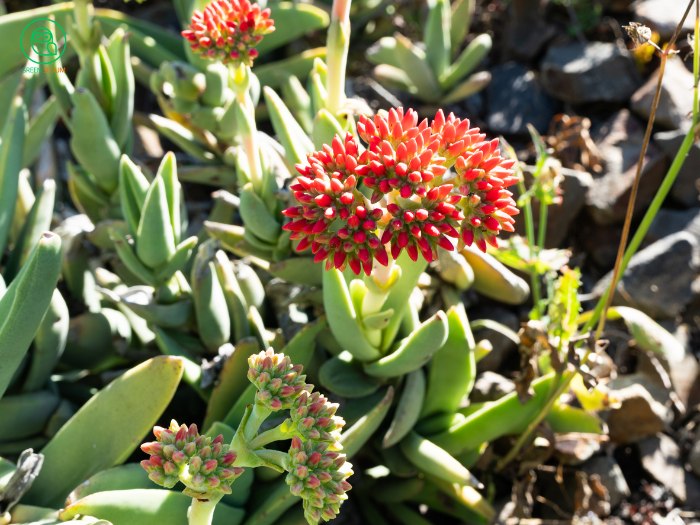
Crassula Perfoliata, or Propeller Plant, is known for its unique fan-shaped leaves. To propagate this plant, use both leaves and stem cuttings. For leaves, let them dry for a few days before placing them on moist soil. For stem cuttings, cut a healthy segment, let it dry, then plant it. Crassula Perfoliata adds a distinctive touch to your garden.
1.11. Senecio Rowleyanus (String of Pearls)
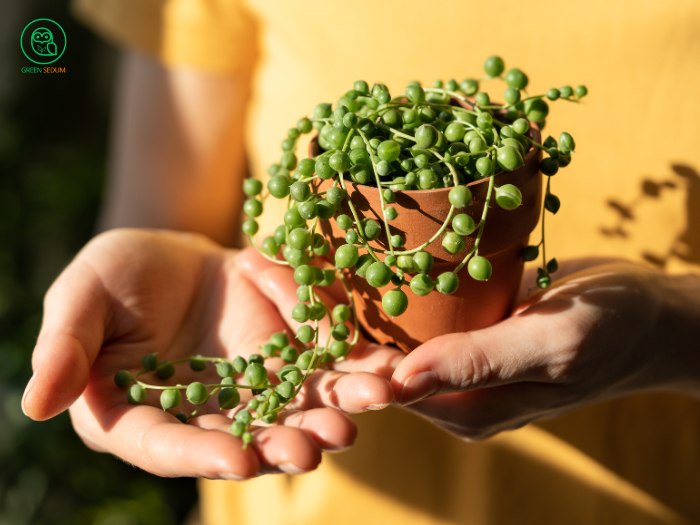
Senecio Rowleyanus, or String of Pearls, is notable for its charming, bead-like leaves that dangle elegantly. To propagate this plant, cut segments of the vines and place them on moist soil. Allow the cuttings to dry for a few days before planting to increase success. String of Pearls is not only easy to propagate but also adds an interesting focal point to your space.
2. Conclusion
Propagating succulents is a fantastic way to expand your collection without spending a lot of money. In this article, we’ve explored 11 succulents that are easy to propagate, from Kalanchoe Daigremontiana to Senecio Rowleyanus. Plants like Echeveria Imbricata and Aloe Vera are perfect for beginners due to their simple propagation methods. If you’re just starting out, try propagating these easy-to-grow succulents and watch them thrive. Remember, patience is key, and with proper care, you’ll soon have a lush and vibrant collection.
3. Frequently Asked Questions (FAQs)
How often should I water my succulents?
I recommend watering succulents only when the soil is completely dry. Typically, this means every two to three weeks, but it depends on your home’s humidity and light conditions. Always check the soil before watering to avoid overwatering.
What type of soil is best for propagating succulents?
The best soil for propagating succulents is a well-draining mix. A combination of potting soil, perlite, and sand works well to ensure proper drainage and prevent root rot.
Can succulent leaves grow back after they fall off?
No, once succulent leaves fall off, they won’t grow back on the original plant. However, fallen leaves can still be used for propagation. Place them on well-draining soil, and they can develop into new plants.
How much light do succulents need to thrive?
Succulents generally need plenty of bright, indirect sunlight. A south or east-facing window is ideal. If natural light is limited, consider using grow lights to provide the necessary light for healthy growth.
>>> See more article on this topic : Succulents from Seeds: Easy Tips for Growing Healthy Plants
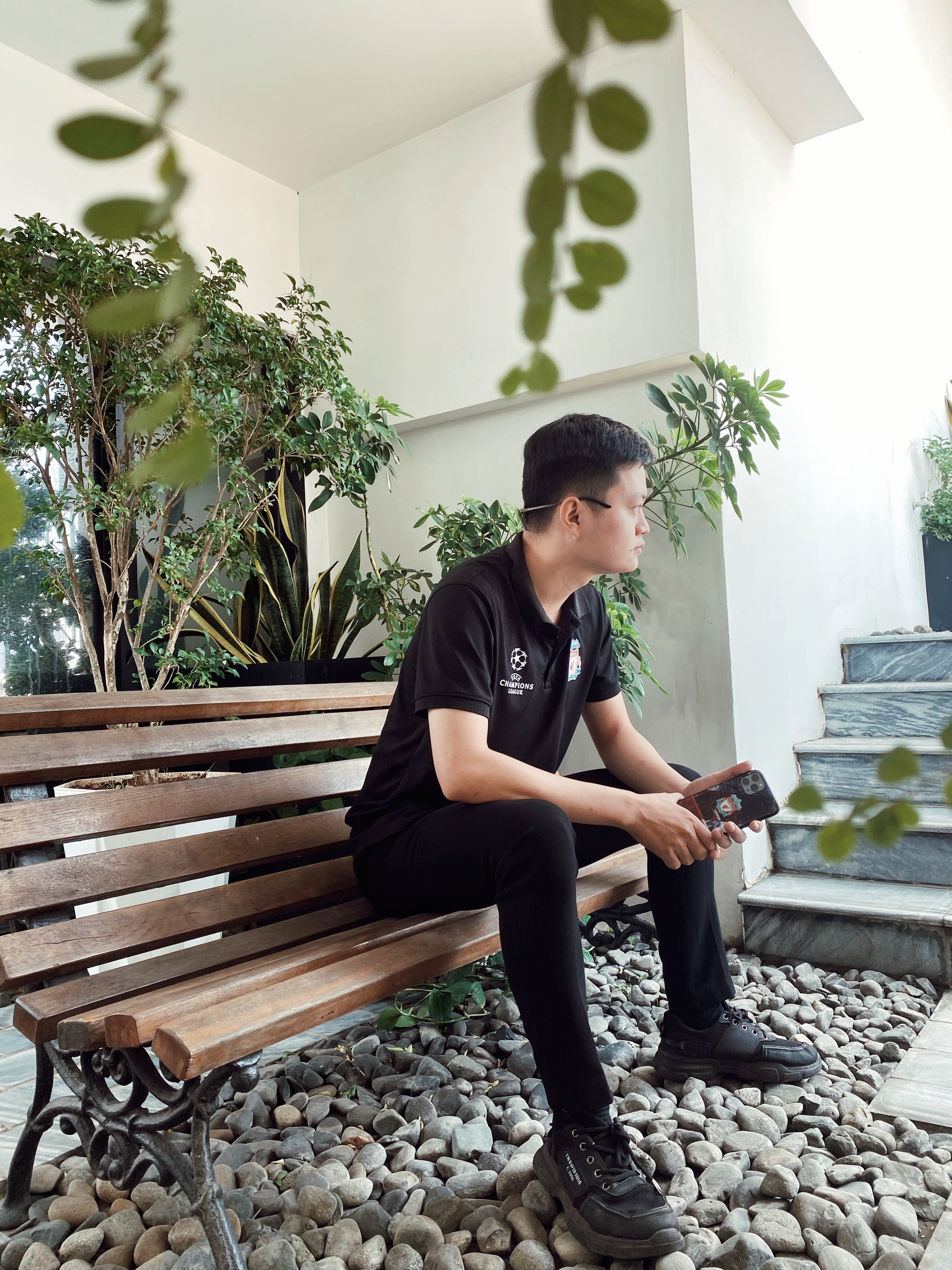
I’m Will Bernan, a gardening enthusiast with over 9 years of experience in succulents, indoor plants, and sustainable living. I also manage SEO for eco-friendly textile brands, promoting fabrics like bamboo and organic cotton.

